
|
|
|
|
|
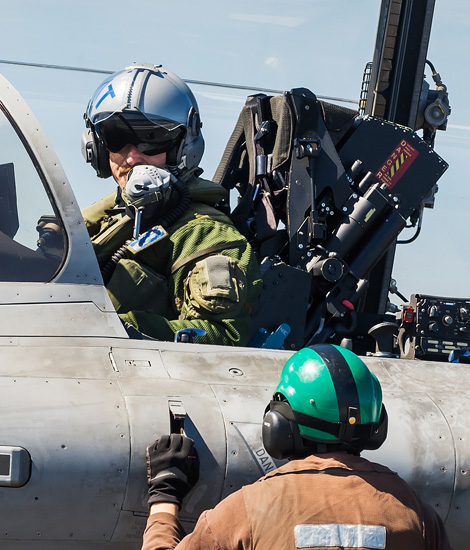
|
Helicopter Support on Board; Charles de Gaulle, March 25 & 26, 2019
Mission Clemenceau, part 5; Text and Photograph's: Alex van Noye & Joris van Boven
In addition to the operations with the Rafale on board the Charles de Gaulle, there are also a number of helicopters on deck which are on standby to intervene. On the French aircraft carrier there are a number of SA365 Dauphin helicopters for SAR duties and an NH90 NFH Caiman for PR duties and anti-submarine tasks.
The role of the SA365 Dauphin on board is explained by Lieutenant Jean Philippe. The lieutenant is the detachment commander of the Dauphins aboard the Charles de Gaulle (CdG). So far, Philippe has made more than 1950 flying hours in his career as a helicopter pilot. From these 1950 hours he has made over 450 flying hours on the Dauphin and will remain on board during the Mission Clemenceau. The SA365 Dauphin is the primary SAR helicopter aboard the CdG. The crew of the Dauphin consists of four crew members during a typical SAR standby. Philippe indicates that this consists of a pilot commander, a co-pilot, a hoist operator and a rescue swimmer. During Mission Clemenceau, the detachment of the 35 Flottille on board the CdG consists of 38 men, according to the lieutenant. The detachment consists of six pilots, three hoist operators, three rescue swimmers and 26 technicians. The detachment of the 35 Flottille has two SA365 Dauphin helicopters on board. When asked how they prepared for the embark aboard the CdG, Jean replied that the crews of Dauphin were already qualified. "The only thing that requires attention in the preparation for the cruise is that we have to make enough flying hours in the preparatory four months". In addition, Philippe says that the crew must have been trained and re-qualified until the latest status of service. Jean indicates that the Dauphin detachment has two important objectives during Mission Clemenceau. The first one is of course to fly the SAR standby during flight operations with the Rafale and Hawkeye. The second main objective is to increase the employability of the crew by building up experience.
While flying the SAR standby during aircraft operations, there are specific patterns which the helicopter flies according to the lieutenant. The aircraft use a more spacious circuit around the ship, while the helicopter is hovering closer to the ship. The Dauphin also flies a lot lower than the aircraft to maintain the flight safety margins. According to Philippe, the capacity of the Dauphin is large enough to save the entire crew of five
|
|
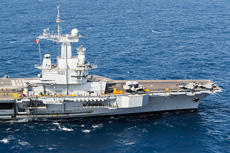
|
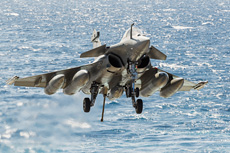
|
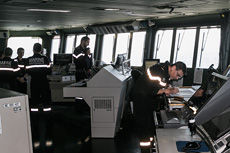
|
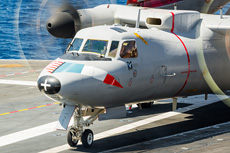
|
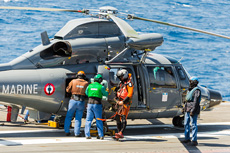
|
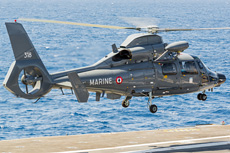
|
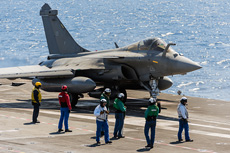
|
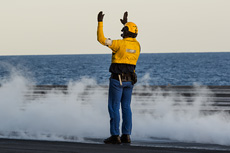
|
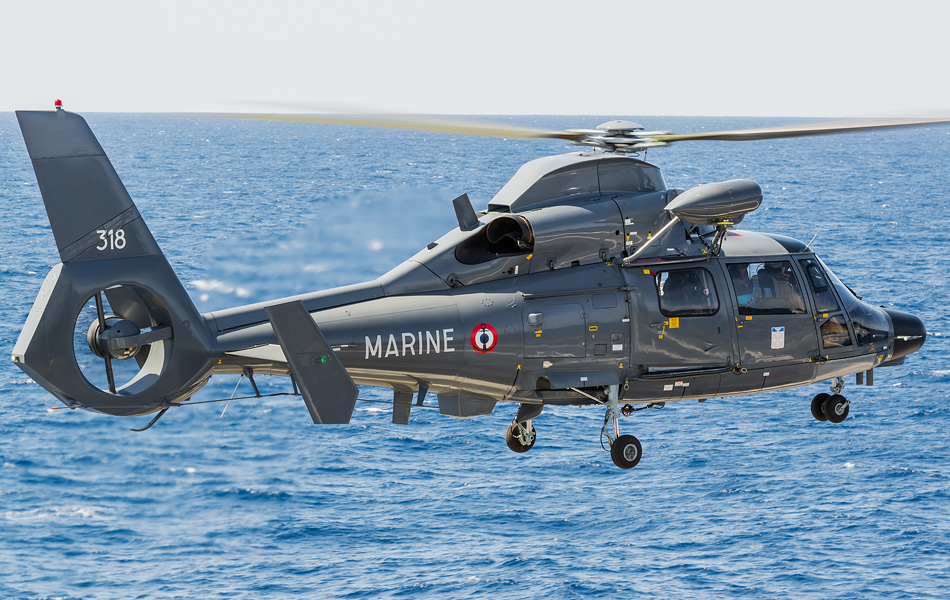
|
from a Hawkeye in the event of an emergency. Normally the Dauphin keeps moving during SAR standby, because at a low speed of 70 knots the helicopters can stay in the air for more than 2.5 hours Philippe explains. In addition to the French, other nationalities are also present in the Carrier Strike Group. For example, the Danish Merlin from the Niels Juel recently flew the SAR standby for the first time. In this role, flying with international partners is also the great strength of the Carrier Strike Group according to Philippe. "It is a great opportunity for us to increase interoperability between countries such as France and Denmark in this case." These countries, among others, are members of the HOSTAC group (Helicopter On other Ship Than Aircraft Carrier) says Philippe. The Danes are also a SAR squadron in their own country, so here too they are more than capable of flying the Sar stand-by. Lieutenant Philippe ends with the words: "to be deployed on the only French aircraft carrier is great, it makes us very proud of what we do".
In addition to the Dauphin operations, the NH90 Caiman is also deployed aboard the CdG. Lieutenant at Sea Benjamin is the lead officer (OIC) of the detachment of the 31 Flottille aboard the CdG. Benjamin is also the tactical coordinator (observer) on the NH90 Caiman. His role mainly consists of preparing, leading and executing a mission in accordance with the assignment. Benjamin indicates that he has more than 800 flight hours on the Marine Caiman. He is assigned to 31 Flottille at the naval base Hyères in the south of France. During Mission Clemenceau, there is only one NH90 crew aboard the CdG. A team on the NH90 Caiman consists of four crew members and twelve technicians. Usually the crew consists, of; a pilot, an observer, a sensor operator and a rescue swimmer. Benjamin specifically explains that only one pilot is deployed on board of the Caiman. The detachment also consists of just one helicopter on the French aircraft carrier, says Benjamin. The crew of this helicopter will remain on board the CdG during the entire cruise. Benjamin explains, "We must primarily qualify for the Anti Surface Warfare mission, but we can also be entrusted with other assignments." This means that the NH90 is mainly used to detect ships and, if necessary, to eliminate them off with anti-ship missiles.
The helicopter is also being used to search for submarines hidden deep under water, says Benjamin. Detecting submarines is a difficult but very important task for the defense of the Carrier Strike Group (CSG) according to Benjamin. For attacking submarines, the NH90 can be equipped with two MU90 torpedoes. It is not the case that the NH90 aboard the CdG is the only helicopter in this role. The frigates who sail in the group often also have helicopters on board. For example, according to Benjamin, the British have a Wildcat and the Danes a Merlin. The durability of anti-submarine missions is assured by other helicopters stationed on the frigates. For example, there is a second Caiman on board of the Forbin during Mission Clemenceau. Benjamin says that this is just one of the strong points of a CSG. “There is not a helicopter dedicated to anti-submarine duties alone. They have a wide range of skills throughout the Task Force and many resources can contribute to a varied mission or deployment. ”Benjamin says that in addition to deployment at sea, the NH90 Caiman can also be used for Personnel Recovery (PR) missions. The Caiman can only be used for PR and not for CSAR tasks, Benjamin specifically explains. According to Benjamin, the Caiman is able to take more than fourteen people, excluding the crew. When it comes to the expectations of the cruise, the lieutenant at sea answers; "This commitment is a great opportunity to improve our knowledge, to work in different parts of the world and to share our methods with other navy’s."
|
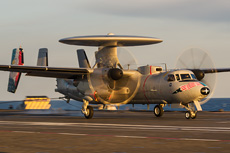
|
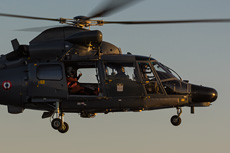
|
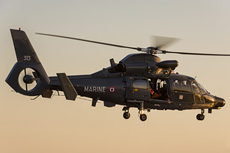
|
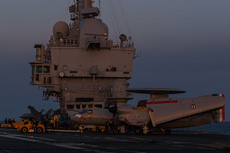
|
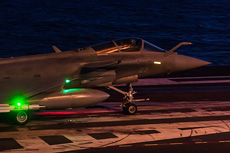
|
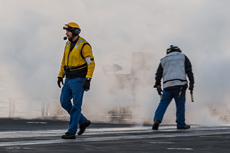
|
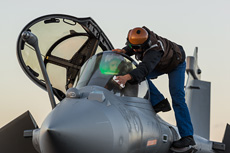
|
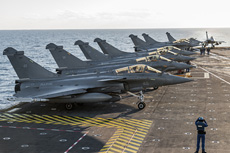
|
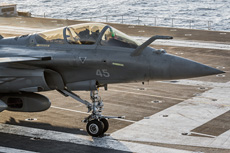
|
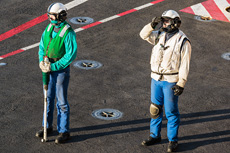
|
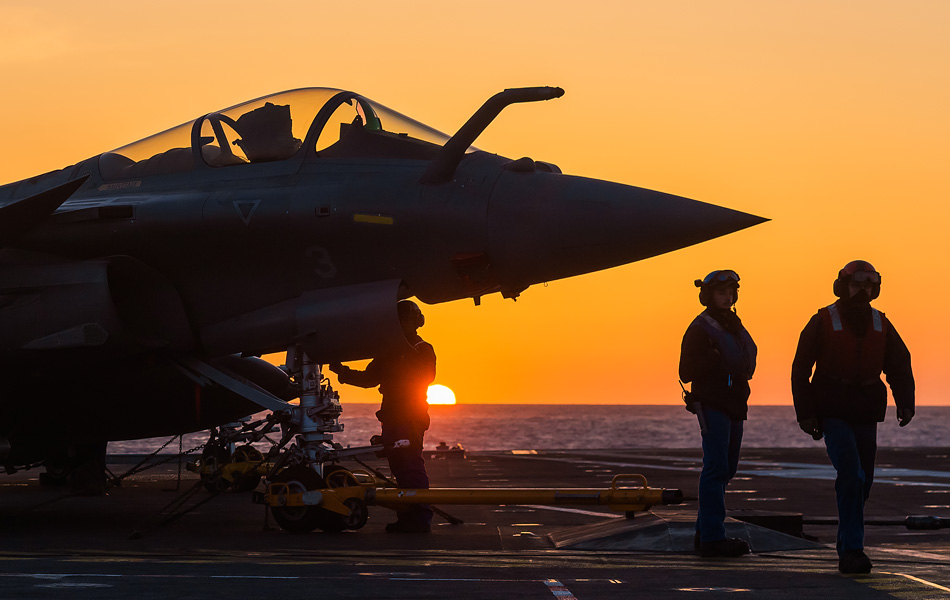
|
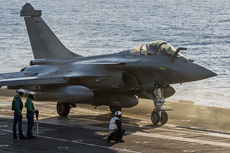
|
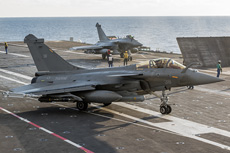
|
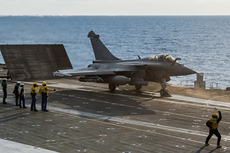
|
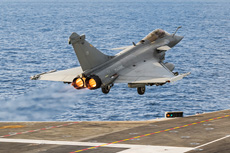
|
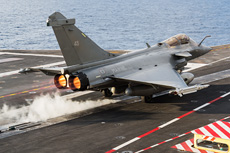
|
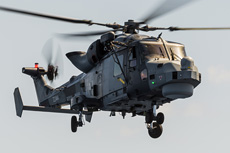
|
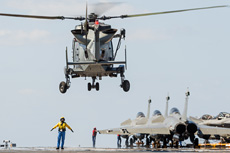
|
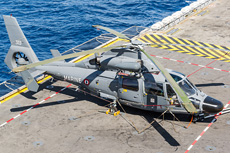
|
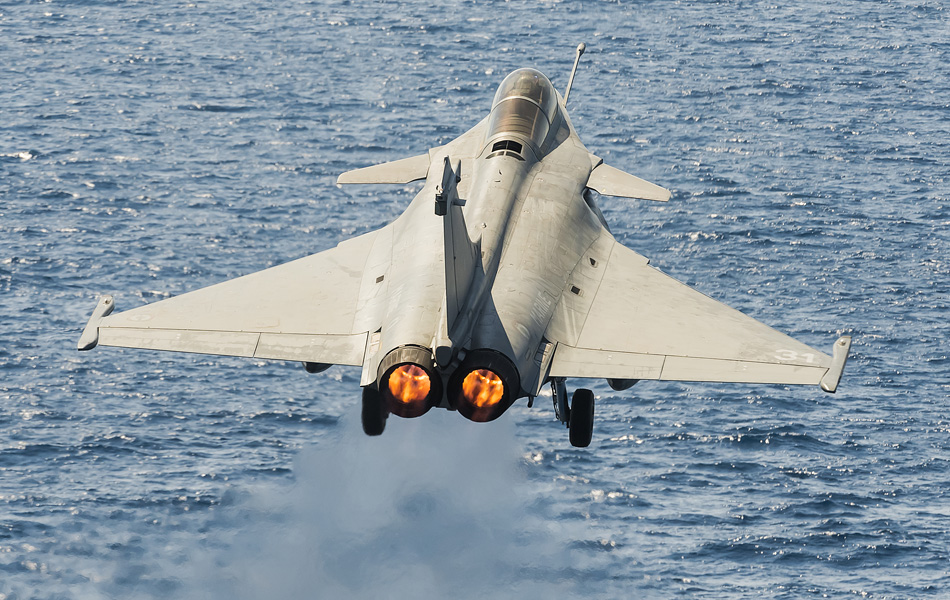
|
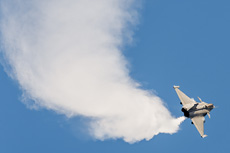
|
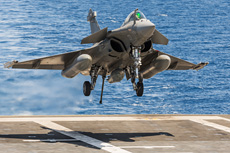
|
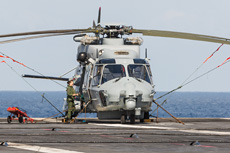
|
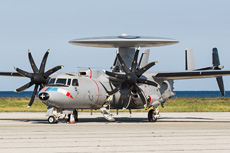
|
|
|

|







